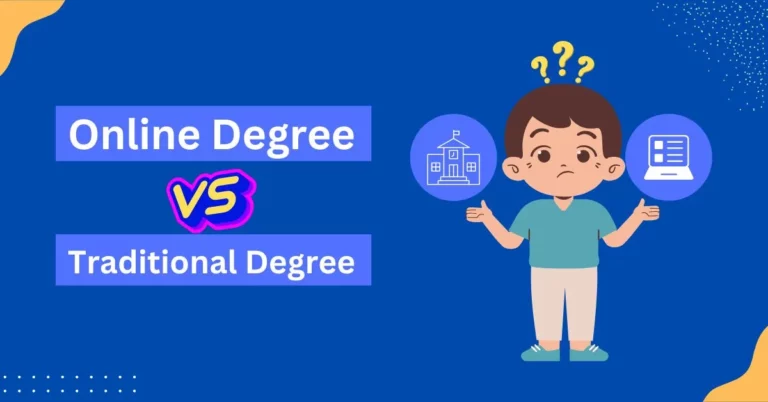As digital transformation sweeps across industries, its integration with marketing strategies is more critical than ever.
Among the various facets of this integration, Carbon Capture and Storage (CCS) has emerged as a crucial component.
Photo by John Schnobrich on Unsplash
We will investigate how companies can drive digital transformation through effective marketing strategies while exploring the role of Carbon Capture and Storage.
Integrating Carbon Considerations In Digital Marketing
In an era where consumers are becoming more environmentally conscious, integrating carbon considerations into your digital marketing strategy is essential.
Not only does it address the rising demand for sustainable practices, but it also sets the foundation for a responsible corporate image.
Carbon Capture And Storage As A Marketing Tool
CCS is a technology that captures carbon dioxide emissions from sources like power plants, preventing them from entering the atmosphere, and securely stores them underground.
Using CCS as a marketing tool involves promoting your company’s investment in and use of this technology as a means to combat climate change.
By highlighting the adoption of CCS, companies can position themselves as environmentally responsible and attract customers who prioritize sustainability.
Integrating this into your digital channels, such as social media, websites, and email campaigns, amplifies the reach and impact of this message.
Related: Best Methods to Earn Money using digital marketing
Communicating Carbon Footprint Reduction
It is important for businesses to communicate the positive impact of their carbon reduction initiatives.
When a company implements CCS technology, it is imperative to quantify the carbon reduction and translate this into relatable terms for the consumer.
For example, explaining how the amount of carbon captured is equivalent to taking a certain number of cars off the road annually can be effective.
This can be communicated through various digital marketing channels, including blogs, videos, and infographics, creating a powerful narrative that resonates with the audience.
Building Partnerships For A Greener Image
To further strengthen the carbon-centered marketing strategy, companies should consider building partnerships with other organizations that are invested in environmental conservation.
By associating with nonprofits, governmental agencies, or other businesses that focus on sustainability, companies can enhance their green image.
Publicizing these partnerships through press releases, social media campaigns, and content marketing adds depth to the company’s commitment to reducing carbon emissions.
Related: Top 12 Digital Marketing Tools in 2023
Leveraging Data And Analytics In Environmentally-Focused Marketing
Understanding customer preferences and measuring the impact of your marketing efforts are paramount in the age of digital transformation.
Data and analytics play a crucial role in fine-tuning your environmentally-focused marketing strategies.
Understanding Customer Sentiment Through Data Analysis
By analyzing data on customer preferences and behaviors, companies can tailor their marketing strategies to resonate better with their target audience.
This can include identifying the demographic that is most responsive to environmental causes, and understanding what kind of messaging and content they are most likely to engage with.
Data analysis can also reveal insights into how your audience perceives your brand’s sustainability efforts, which can inform future campaigns.
Measuring The Impact Of Sustainable Marketing Campaigns
To ensure that your marketing campaigns are effective, it is essential to measure their impact.
This can be done through various analytical tools that track the reach, engagement, and conversion rates of your campaigns.
By analyzing this data, you can determine which aspects of your campaign are most effective, and which need improvement.
For instance, if a campaign highlighting your company’s CCS efforts is receiving a positive response, it might be worthwhile to invest in more content and promotions around this theme.
Using Predictive Analytics To Forecast Trends
Predictive analytics can be used to forecast future trends in customer behavior and market demands.
This is particularly useful in understanding how the importance of environmental sustainability is likely to evolve over time.
Predictive models can, for example, indicate an increasing demand for sustainable products and services, allowing companies to align their marketing strategies accordingly.
Engaging Customers Through Creative And Immersive Content
As digital transformation continues to evolve, the creation of innovative, engaging content is critical in capturing customer attention and driving engagement.
Utilizing Interactive Content To Educate On Carbon Reduction
Interactive content such as quizzes, interactive infographics, and calculators can be used to educate customers on the importance of carbon reduction and how CCS contributes to this cause.
This form of content is more engaging and is likely to keep the customer’s attention longer than static content.
For example, a carbon footprint calculator allows customers to understand how their own behavior contributes to carbon emissions, and how they can make changes to reduce it.
Leveraging Video Content To Share Success Stories
Sharing success stories through video content is an effective way to humanize your brand and its efforts toward carbon reduction.
Videos that highlight the impact of CCS and other sustainable initiatives, and feature testimonials from employees or community members, create an emotional connection with the audience.
This can be particularly effective in driving customer loyalty and promoting brand advocacy.
Employing Augmented Reality For Virtual Demonstrations
Augmented Reality (AR) can be used to create virtual demonstrations of how CCS technology works, and how it contributes to carbon reduction.
Through AR, customers can virtually tour a facility, see how carbon is captured and stored, and learn about the benefits of this technology.
This immersive experience can significantly enhance the customer’s understanding and appreciation of the company’s sustainability efforts.
Closing Remarks
The incorporation of Carbon Capture and Storage (CCS) within digital marketing strategies is pivotal in today’s environmentally conscious landscape.
Companies need to recognize the growing consumer demand for sustainability and adapt their marketing practices accordingly.
Through insightful communication of carbon footprint reduction, harnessing data to tailor campaigns, and crafting immersive content, businesses can not only inform but also engage and build trust with their audience.
Moreover, utilizing partnerships to augment the green image, and employing cutting-edge technologies such as Augmented Reality for educational purposes, add layers of credibility and innovation.
This integration of environmental responsibility, data-driven customization, and immersive content creation forges a pathway for companies to resonate profoundly with their audience while contributing to a larger cause.
Such a multifaceted approach is vital for businesses seeking to thrive in the digitally transforming world while upholding sustainability.





